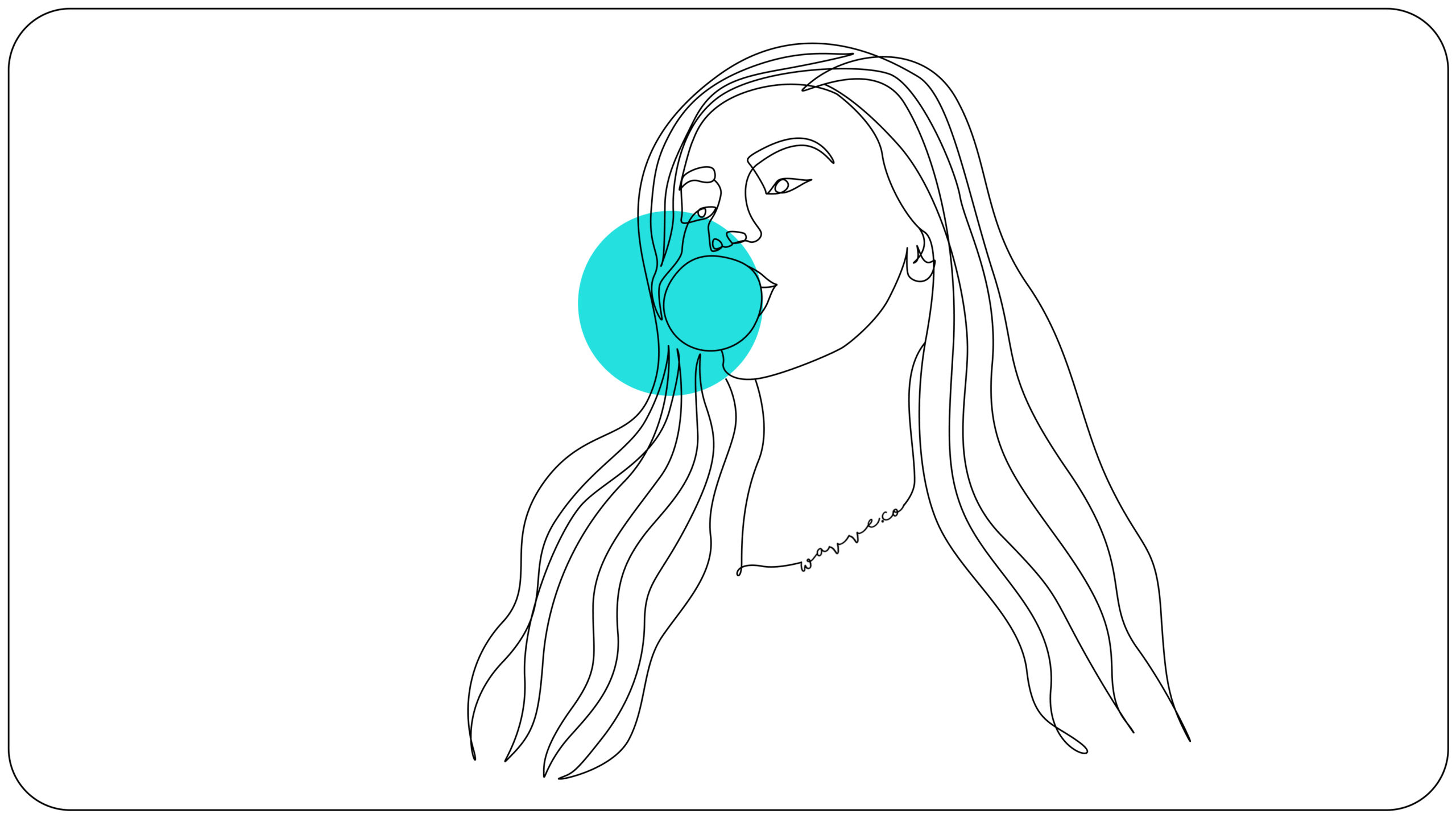Knowing when to share micro-content and when to share long-form content is the key to unlock greater audience engagement.
Because the internet is so saturated with information, creators must understand context to know which format works better at the right place and time.
Both types of content can hold a lot of value, and both are incredibly popular with online audiences. At the same time, each different format has its pros and cons, lending itself best to specific situations.
Wondering whether long-form or short-form content will work better for your brand? We’ll explore this in detail below.
What Is Micro-Content?
Micro-content refers to any type of content that can be quickly and easily consumed. Viewers digest this type of content in around 30 seconds.
Micro-content could cover short-form social media videos, images, written content, audio content, or anything else. The main idea is that it’s short and easy to understand.
For example, micro-content could include a short paragraph of words that can be skim read to understand the bigger message of an entire article. It could also refer to a 20-second video clip that tactfully explains a broader topic.
Micro-content means bite-sized. It does not go in-depth into any particular topic. Instead, it is used to grab the attention of an audience and engage them. If the audience wants to learn more about the topic, they will need to explore long-form content on the subject.
Short-form content has an important role in any content strategy. It can be used to attract attention, quickly answer questions, and easily spread a message. In fact, many brands are realizing that people want simpler content in shorter formats. Think of a two-minute demo video versus an hour-long webinar.
However, used alone, short-form content may not be able to offer enough value in certain cases.

What Is Long-Form Content?
Long-form content is the opposite of short-form content. Instead of offering content in small, bite-sized chunks, long-form content goes into greater detail about a specific topic. Long-form content displays extensive research and answers broader questions in more detail.
This type of content generally includes blog posts, longer videos, articles, case studies, long podcasts, and anything else that takes time to consume. It takes longer to get through a piece of long-form content, but the content should offer greater value and deeper insights.
Long-form content holds greater authority and appears more trustworthy. This is because it provides a more comprehensive view of a particular topic.
While long-form content requires more planning and more effort, it can also be used to add a far greater level of value. It’s important to understand when a certain topic will lend itself best to long or short-form content, and what type of content the audience would rather consume.
Micro-Content Vs Long-Form Content Comparison
Both micro-content and long-form content are incredibly valuable, it’s just about understanding the unique benefits of each type of content and identifying the best situations to use the two.
Let’s break this down.

Grabbing Attention
Possibly the most important thing about short-form content is that it grabs attention and engages an audience right away.
For example, TikTok and YouTube Shorts are the kings of this format.
Long-form content requires a commitment. If you do not decide to commit the time and energy to read an article, listen to a interview podcast, or watch a 30-minute YouTube video, the content will be skipped. However, short-form content instantly grabs attention and engages. This makes it far easier to consume.
So, when developing a content strategy, it’s important to understand the purpose of your different types of content. You could have many fascinating long-form guides, but they might not be engaging the majority of your audience looking for something light to consume.
One solution is to combine both forms of content. For example, if you have a long-form blog article, you could place a TLDR paragraph at the top of the article, summing up the entire blog post. You could also mention a longer in-depth podcast interview from a 20-second YouTube Short clip.
Content Distribution
Different types of content lend themselves best to different platforms. Short-form content is easy for the consumer, so it’s perfect for social media. Long-form content is more suitable for your blog or YouTube channel.
When developing a content strategy, consider your different distribution channels and figure out how you can create optimized content for each of them. Like a map, the detail shared is important. You may want a quick glance at countries (micro-content), or you may want to dive deep into the streets in a city (long-form content).
For example, Instagram and TikTok are the perfect places to post short-form videos and bite-sized snippets of information. YouTube and Spotify are perfect for long-form videos and podcasts.
When viewers just want a quick taste, you want to have content for them. When they are going on a 40-minute walk and want to find a 40-minute show, you want to have some long-form content for them as well.
Trying to force long-form content into channels or audiences not looking for it, and visa-versa, won’t help you or your audience.

Content Repurposing
One of the best ways to combine both long and short-form formats into your marketing strategy is to repurpose your content.
Let’s say you have a long podcast. You could take a snippet of this podcast and turn it into a short-form video. Then you could post the video on social media to attract attention and drive traffic to the podcast.
This idea can be applied to some kinds of long-form content, and it allows you to match the content you publish to the audience intent and expectations of detail.
Using a tool like Wavve makes it easy to create engaging videos and repurpose your content.
One word of caution. Not all long-form content can be repurposed easily. If you take clips out of context, sometimes they lose their meaning as a stand-alone clip. This means you may have to put in a little more work to create newly summarized content rather than repurposed content.
SEO
One of the major benefits of long-form content is that it can help you get better SEO results. While a short video on social media may be interesting, this video may not show up on Google search results (yet anyway).
However, your in-depth article on the topic could claim the number one spot for many months. This will drive plenty of free traffic to your website.
You will need to understand what users are searching for and what their intent is for each search. If they want a detailed guide, then produce long-form content on the topic.
Generally, brands should create long-form content on the most important topics that relate to what they do.
Many brands struggle to drive traffic away from micro-content to their long-form content. This is because they don’t understand the intent of their audience consuming micro-content. Not only does, say TikTok, not want someone to click off their platform, the viewer doesn’t want to consume a 50-page PDF guide when they are swiping up every 2 seconds.
Keep in mind that each social media platform is also its own search engine. I could search in TikTok for podcast studio setups, and if I am a microphone dealer, I want my micro-content to show up there.
Conclusion
Both long-form content and short-form content hold a lot of value. What’s important is how you use each type of content, matching format to intent, and which platforms you publish on to find your audience.
The best content strategies combine both forms of content to get the benefits of each. Repurposing content and optimizing content for different marketing channels and touch points are vital.
By developing a comprehensive strategy around this you can engage and captivate a far greater audience.
I’m the CEO of Wavve. I love encouraging creators and entrepreneurs to share their stories and lead with purpose.

